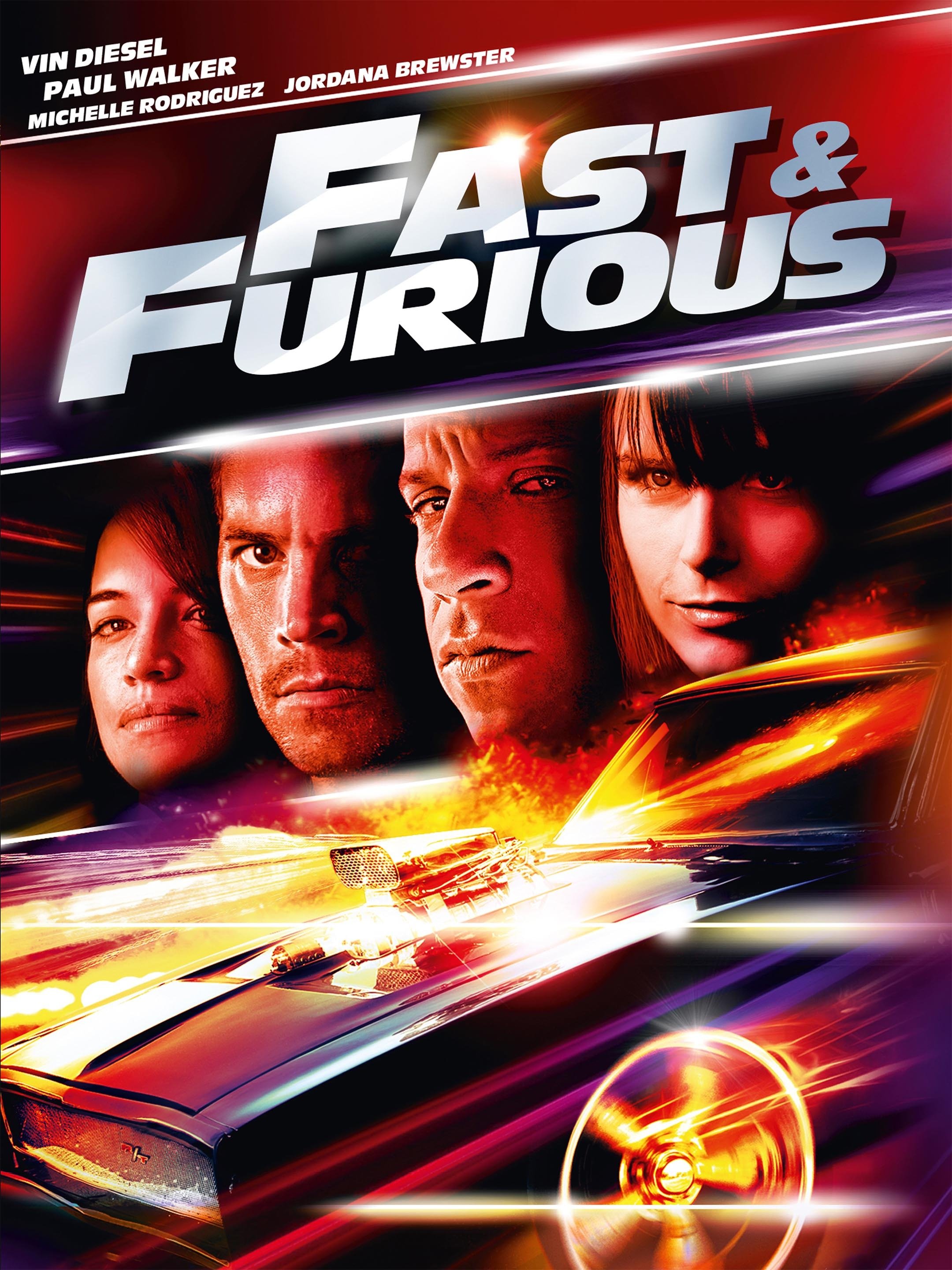
The Art of the Fast Joke: Generating Humor on Demand
In the age of instant gratification and rapid-fire content, the ability to generate a joke quickly is a valuable skill. Whether you’re aiming to lighten the mood in a conversation, captivate an audience during a presentation, or simply entertain yourself, the art of the "fast joke" can be a powerful tool. This article explores the techniques, principles, and resources that can help you master the art of crafting jokes on the fly.
Why the Fast Joke Matters
- Improvisation and Wit: A well-timed, spontaneously generated joke demonstrates wit and quick thinking. It signals intelligence, adaptability, and the ability to see humor in everyday situations.
- Social Connection: Humor is a social lubricant. A fast joke can break the ice, create rapport, and make you more likeable. It can transform a tense or awkward situation into a lighthearted one.
- Engagement and Attention: In a world of information overload, a joke can be a powerful way to capture someone’s attention and keep them engaged. A well-placed quip can make a presentation more memorable or a conversation more lively.
- Personal Amusement: Generating jokes is not just about entertaining others; it can also be a source of personal enjoyment. It’s a creative exercise that sharpens your mind and helps you see the world in a more playful light.
The Anatomy of a Fast Joke
Before diving into techniques, it’s essential to understand the basic structure of a joke. While there are many variations, most jokes follow a common pattern:
- Setup: The setup establishes the context, characters, or situation. It creates an expectation in the listener’s mind.
- Punchline: The punchline is the unexpected twist, the surprise element that subverts the listener’s expectations and triggers laughter.
The key to a successful joke lies in the element of surprise. The punchline should be unexpected but still logically connected to the setup.
Techniques for Generating Fast Jokes
-
Wordplay and Puns: Puns exploit the multiple meanings of words or the similarity in sound between different words. They’re a quick and easy way to create humor.
- Example: "I used to hate facial hair… but then it grew on me."
-
Observation and Exaggeration: Pay attention to the world around you. Identify quirks, ironies, and absurdities in everyday life. Then, exaggerate them for comedic effect.
- Example: "My doctor told me to cut back on sodium. Now I only say ‘Na’ instead of ‘Yes.’"
-
Unexpected Juxtaposition: Combine two seemingly unrelated concepts or ideas in a surprising way.
- Example: "I’m on a seafood diet. I see food, and I eat it."
-
Self-Deprecating Humor: Make fun of your own flaws, quirks, or experiences. This can be a disarming and relatable way to generate laughter.
- Example: "I’m not great at the advice. Can I interest you in a sarcastic comment?"
-
Topical Humor: Draw inspiration from current events, news stories, or popular culture. These jokes are timely and relevant, but they may have a shorter shelf life.
- Example: (Referencing a popular movie) "I tried to explain to my kids what NFTs are, and now they want me to buy them a Bored Ape for Christmas."
-
Absurdity and Non Sequiturs: Embrace the nonsensical. Introduce illogical or surreal elements into your jokes.
- Example: "Why don’t scientists trust atoms? Because they make up everything!"
-
One-Liners: These are short, punchy jokes that deliver a quick burst of humor.
- Example: "I’m not lazy, I’m on energy-saving mode."
Tips for Success
- Know Your Audience: Tailor your humor to the specific audience you’re addressing. What might be funny to one group may not resonate with another.
- Practice Makes Perfect: The more you practice generating jokes, the better you’ll become. Try setting aside a few minutes each day to brainstorm ideas or write short jokes.
- Be Observant: Pay attention to the world around you. Notice the funny things that people say and do. Collect these observations in a notebook or on your phone.
- Don’t Be Afraid to Fail: Not every joke will land. Don’t let a few misses discourage you. Learn from your mistakes and keep trying.
- Embrace the Absurd: Comedy often comes from the unexpected or illogical. Don’t be afraid to push the boundaries of what’s considered "normal."
- Study the Masters: Watch stand-up comedians, read humor writers, and analyze the jokes that make you laugh. Identify the techniques they use and try to incorporate them into your own humor.
- Be Authentic: The best jokes are often those that reflect your own personality and perspective. Don’t try to be someone you’re not.
- Time is of the Essence: When delivering a fast joke, timing is crucial. Pause before the punchline to build anticipation, and deliver the punchline with confidence.
- Read Widely: A strong vocabulary and broad knowledge base will give you more material to work with when generating jokes.
Resources for Joke Inspiration
- Joke Websites: Websites like Reddit’s r/jokes, and joke-specific sites provide a constant stream of material.
- Comedy Specials: Watching stand-up comedy specials on Netflix, HBO, or YouTube can expose you to a wide range of comedic styles and techniques.
- Humor Books: Read books by humor writers like David Sedaris, Tina Fey, or P.G. Wodehouse.
- Online Forums: Participate in online forums dedicated to humor and comedy. Share your jokes, get feedback, and learn from others.
Ethical Considerations
While humor can be a powerful tool, it’s important to be mindful of its potential impact. Avoid jokes that are offensive, discriminatory, or harmful to others. Be sensitive to cultural differences and avoid stereotypes.
Conclusion
The art of the fast joke is a skill that can be developed with practice and dedication. By understanding the basic principles of humor, mastering various techniques, and staying observant, you can learn to generate jokes on demand and bring laughter to any situation. So, go forth, embrace the absurd, and let your wit shine!
